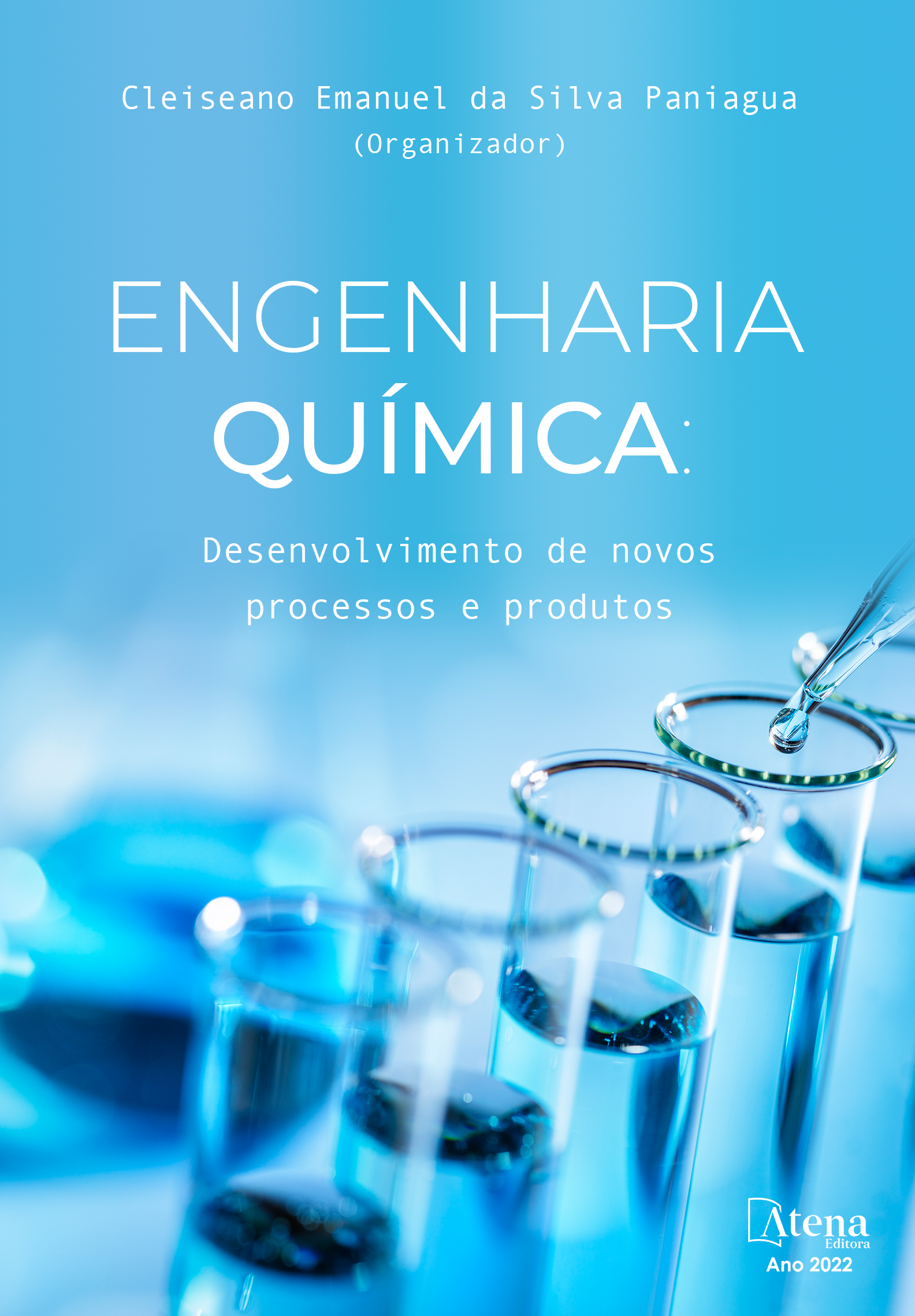
Potencial de biorremediação de Chlorella vulgaris (Chlorophyceae) em águas residuais do processamento da mandioca
A maior parte da indústria de processamento de mandioca gera um grande volume de efluentes residuais com alta carga contaminante de COD e BOD e concentração de cianeto, representando uma séria ameaça ao meio ambiente. Vários processos têm sido testados para tratar este efluente de águas residuais, variando muito a eficácia na redução da toxicidade. As microalgas são microrganismos fotossintéticos que podem gerar rapidamente biomassa a partir da energia solar, CO2 e nutrientes na água, nomeadamente os presentes em efluentes de águas residuais. Além disso, a biomassa de microalgas e compostos derivados são potencialmente úteis em aplicações industriais, bem como para a produção de biodiesel.
Nesse sentido, o objetivo deste trabalho foi avaliar o potencial de crescimento da Chlorella vugaris em efluente resultante do processamento da mandioca, com vista à redução da sua toxicidade. Foram avaliadas diferentes concentrações de efluente, bem como algumas condições de cultura, com o objetivo de maximizar o processo. Foram testadas culturas batch, com células de C. vulgaris em suspensão e imobilizadas, sob diferentes diluições (20-50%) de efluente de mandioca. O potencial de biorremediação foi avaliado em ensaios de germinação de Lactuca sativa. Os melhores resultados foram obtidos com C. vulgaris em sistemas imobilizados e realizados com maiores concentrações de inóculo. Em relação à fitotoxicidade, após o biotratamento podemos concluir que as microalgas podem reduzir a toxicidade do efluente da mandioca, levando a um índice de Aumento de Germinação (IG) na faixa de 88-100%.
Potencial de biorremediação de Chlorella vulgaris (Chlorophyceae) em águas residuais do processamento da mandioca
-
DOI: 10.22533/at.ed.9882213069
-
Palavras-chave: águas residuais da mandioca; biorremediação; Chlorella vulgaris; fitotoxicidade; Lactuca sativa
-
Keywords: cassava wastewaters; bioremediation; Chlorella vulgaris; phytotoxicity; Lactuca sativa.
-
Abstract:
Most cassava processing industry generates a large volume of wastewater effluent with high contaminating load of COD and BOD and cyanide concentration, posing to a serious threat to the environment. A variety of processes has been tested to treat this wastewater effluent, where the effectiveness in reducing the toxicity varies greatly. Microalgae are photosynthetic microorganisms that can rapidly generate biomass from solar energy, CO2 and nutrients in water, namely those present in wastewater effluents. Also, algal biomass and algae-derived compounds are potentially useful in industrial applications, as well as for biodiesel production.
Taking this into account, the aim of this work was evaluated the ability of Chlorella vulgaris to growth on cassava-processing effluent and assess the bioremediation potential by evaluating toxicity of effluent. Batch cultures, with C. vulgaris in suspended and in immobilized-cell systems, under different dilutions (20-50%) of cassava effluent were tested. The effectiveness of the process has been assessed by phytotoxicity, in germination trials of Lactuca sativa. Best results were obtained with C. vulgaris in immobilized-systems and carried out with higher initial cell concentrations. Regarding the phytotoxicity, after biotreatment we can conclude that microalgae can reduce the toxicity of cassava effluent, leading to Germination Increase index (GI) range of 88-100%.
-
Número de páginas: 7
- Verónica de Medeiros
- Carla Cristina Almeida Loures
- Conceição Fernandes


